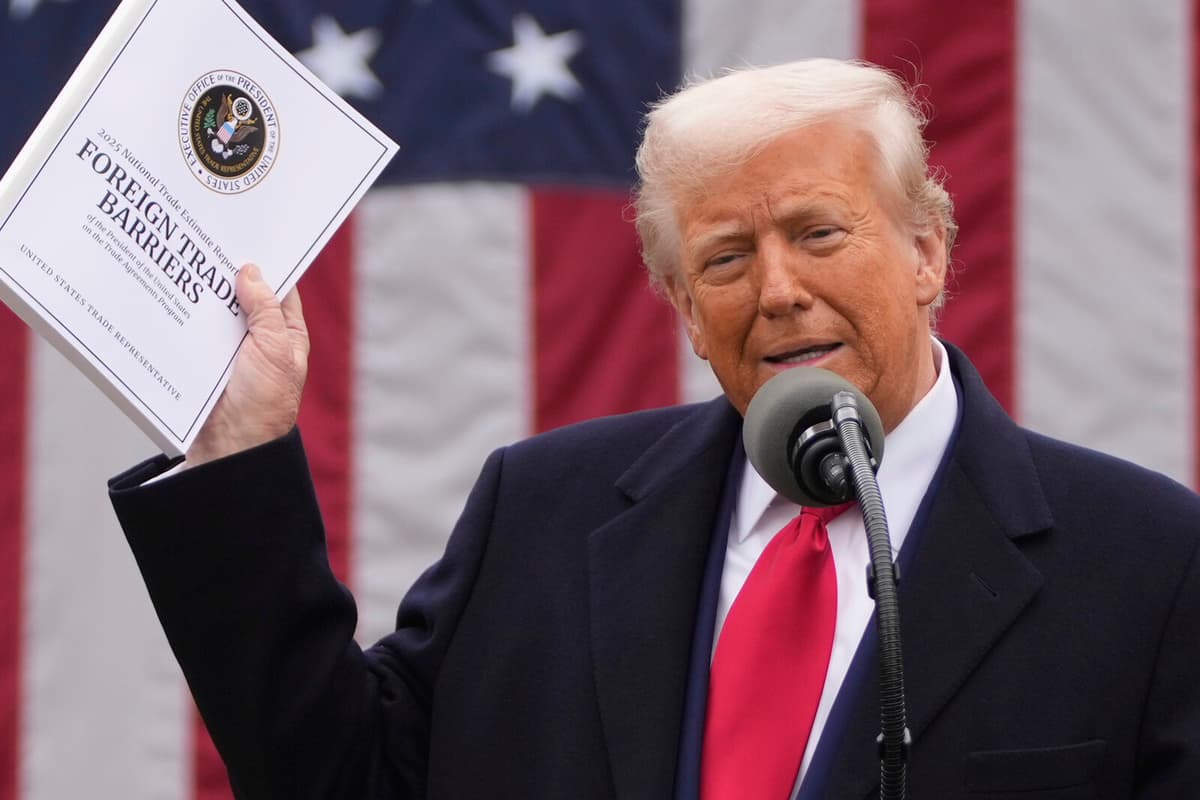From April 5, the USA will impose 10-percent tariffs on all countries. However, for many countries, the figure will be significantly higher. According to the White House, the tariffs are due to the "national emergency" prevailing in the country and are being implemented to protect both workers and the economy. Many economists, however, warn that the tariffs will instead create reduced GDP growth and higher inflation.
President Trump has also previously announced that car tariffs of 25 percent will be introduced today and that tariffs on car parts will be introduced on May 3.
Below are the ten largest countries and regions in terms of American imports, which will be subject to even higher tariffs starting April 9:
Against the EU, which accounts for 18.5 percent of American imports, the tariff will be 20 percent.
Against China, which accounts for 13.4 percent of American imports, the tariff will be 34 percent.
Against Japan, which accounts for 4.5 percent of American imports, the tariff will be 24 percent.
Against Vietnam, which accounts for 4.2 percent of American imports, the tariff will be 46 percent.
Against South Korea, which accounts for 4 percent of American imports, the tariff will be 26 percent.
Against Taiwan, which accounts for 3.6 percent of American imports, the tariff will be 32 percent.
Against India, which accounts for 2.7 percent of American imports, the tariff will be 27 percent.
Against Switzerland, which accounts for 1.9 percent of American imports, the tariff will be 32 percent.
Against Thailand, which accounts for 1.9 percent of American imports, the tariff will be 37 percent.
Against Malaysia, which accounts for 1.6 percent of American imports, the tariff will be 24 percent.
Marcus Alexandersson/TT
Facts: This is a tariff
TT
Tariffs, in simple terms, are a fee on trade with a commodity. Historically, tariffs have been common in import or export across national borders, to protect domestic industry and to raise revenue for the state. In modern times, economists have agreed that free trade instead creates the most prosperity for all, but individual commodities have still been subject to tariffs, often for political reasons.
For USA's President Donald Trump, tariffs are a weapon to strengthen the country's domestic production and create jobs. Critics argue that the result will be slower economic growth, higher inflation, and a more unstable global market situation.





